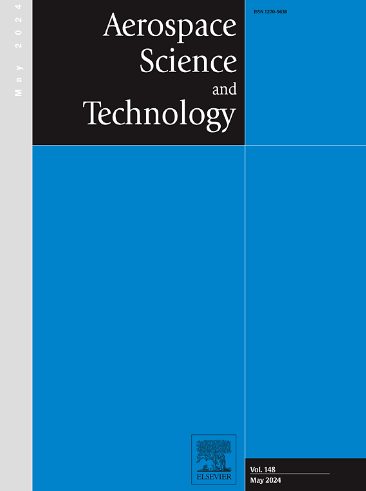利用物理信息多 LSTM 网络进行转子动态响应预测
IF 5.8
1区 工程技术
Q1 ENGINEERING, AEROSPACE
引用次数: 0
摘要
深度学习方法为建立非线性输入输出关系和计算转子系统的动态响应提供了一种有效的数值模拟替代方法。为了克服纯数据驱动的长短期记忆(LSTM)网络在预测对分布外输入的动态响应时泛化能力较低的问题,提出了一种使用物理信息多 LSTM 网络的动态响应预测方法。这种方法将所需的物理约束条件纳入深度 LSTM 网络,使模型训练过程能够在符合物理规律的可行解空间内优化网络参数。因此,这增强了深度学习模型的物理可解释性。具体来说,该方法引入了两种物理信息多 LSTM 网络架构,并考虑了运动方程、状态依赖性和滞后构成关系等物理规律来构建物理损失。通过 Bouc-Wen 磁滞模型和模拟燃气发电机转子验证了所提方法的可行性。在构建的具有显著样本差异的故障转子数据集上验证了两个网络的响应预测性能,同时对转子系统进行了跨速度和跨节点预测验证。结果表明,训练有素的网络具有很强的鲁棒性和泛化能力,适合作为转子系统的替代模型。本文章由计算机程序翻译,如有差异,请以英文原文为准。
Rotor dynamic response prediction using physics-informed multi-LSTM networks
The deep learning method provides an effective alternative to numerical simulations for establishing the nonlinear input-output relationship and calculating dynamic responses of rotor systems. To overcome the low generalization capability of pure data-driven long short-term memory (LSTM) networks when predicting dynamic responses to out-of-distribution inputs, a dynamic response prediction method using physics-informed multi-LSTM networks is proposed. This approach incorporates required physical constraints into the deep LSTM network, allowing the model training process to optimize the network parameters within the feasible solution space that adheres to physical laws. Consequently, this enhances the physical interpretability of the deep learning model. Specifically, two physics-informed multi-LSTM network architectures are introduced, and physical laws of equation of motion, state dependency and hysteretic constitutive relationship are considered to construct the physics loss. The feasibility of the proposed method is verified by a Bouc-Wen hysteresis model and a simulated gas generator rotor. The response prediction performance of the two networks is validated on a constructed fault rotor dataset with significant sample differences, along with cross-speed and cross-node prediction validation for the rotor system. The results demonstrate that the trained networks exhibit strong robustness and generalization capabilities, making them suitable as surrogate models for rotor systems.
求助全文
通过发布文献求助,成功后即可免费获取论文全文。
去求助
来源期刊

Aerospace Science and Technology
工程技术-工程:宇航
CiteScore
10.30
自引率
28.60%
发文量
654
审稿时长
54 days
期刊介绍:
Aerospace Science and Technology publishes articles of outstanding scientific quality. Each article is reviewed by two referees. The journal welcomes papers from a wide range of countries. This journal publishes original papers, review articles and short communications related to all fields of aerospace research, fundamental and applied, potential applications of which are clearly related to:
• The design and the manufacture of aircraft, helicopters, missiles, launchers and satellites
• The control of their environment
• The study of various systems they are involved in, as supports or as targets.
Authors are invited to submit papers on new advances in the following topics to aerospace applications:
• Fluid dynamics
• Energetics and propulsion
• Materials and structures
• Flight mechanics
• Navigation, guidance and control
• Acoustics
• Optics
• Electromagnetism and radar
• Signal and image processing
• Information processing
• Data fusion
• Decision aid
• Human behaviour
• Robotics and intelligent systems
• Complex system engineering.
Etc.
 求助内容:
求助内容: 应助结果提醒方式:
应助结果提醒方式:


